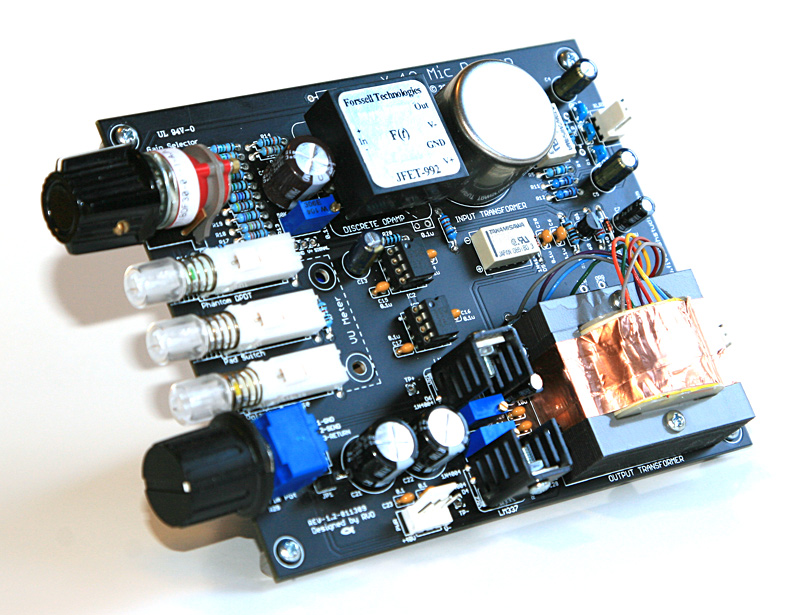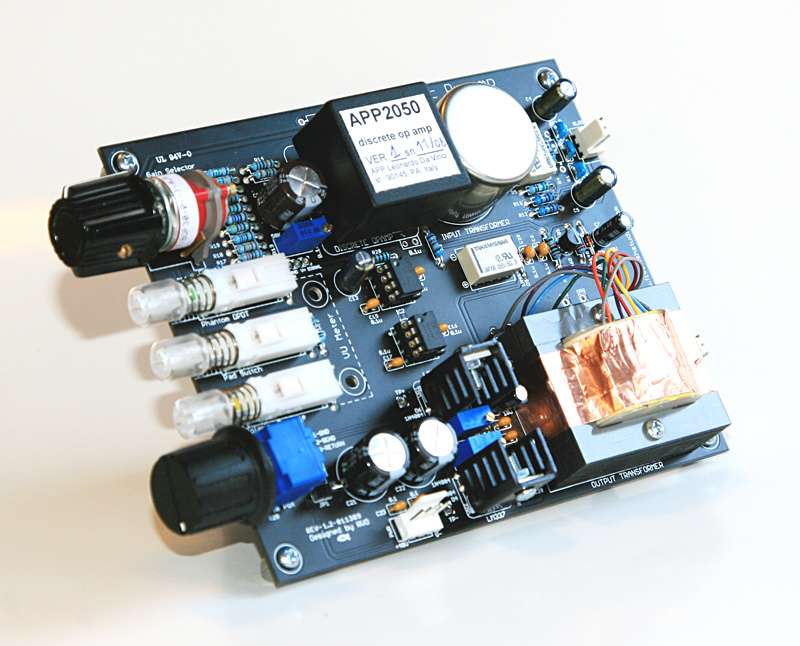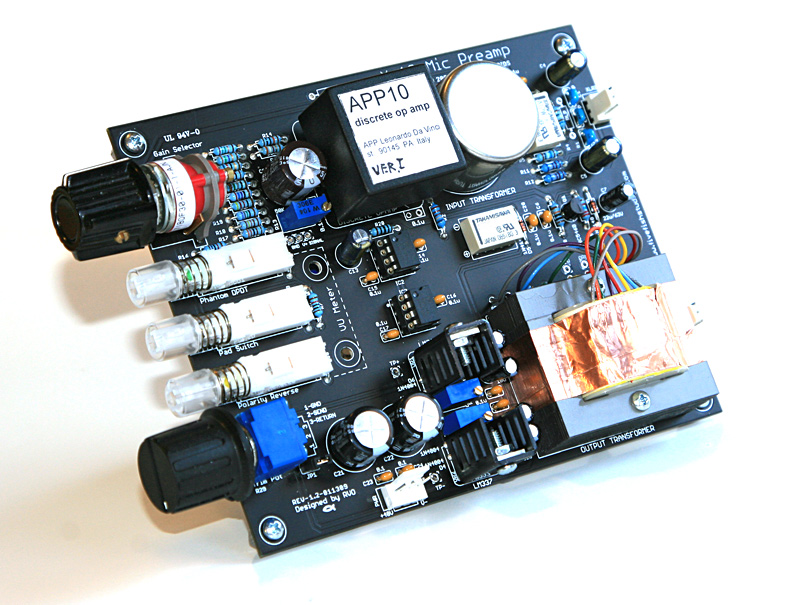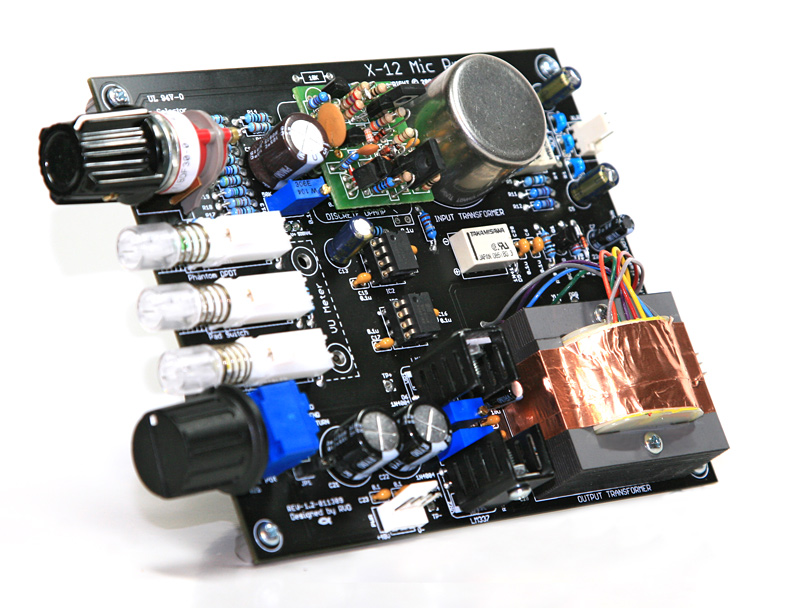owel
Well-known member
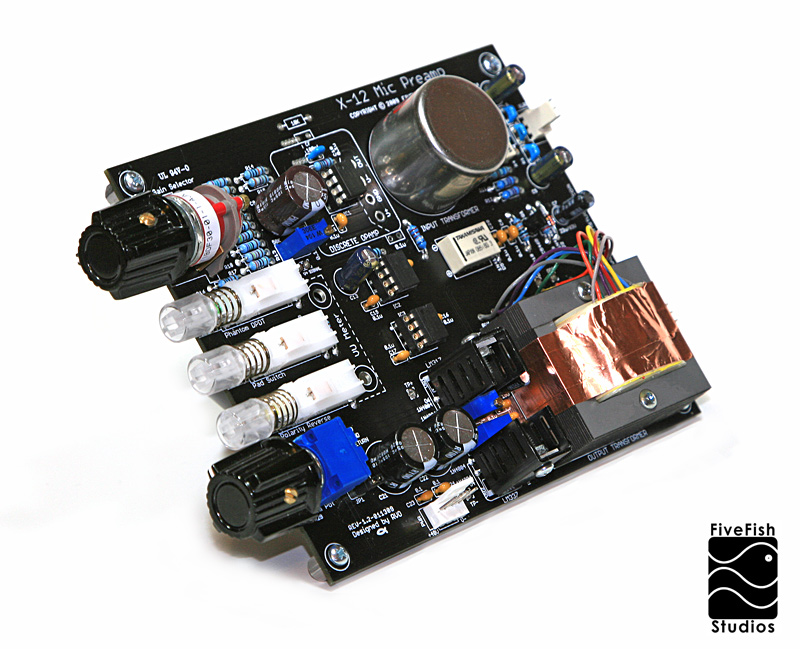
This preamp was inspired by A certain Preamp Indeed!
But no, it's not a clone. Rather, I'd like to call it my FiveFish version
It uses input transformers with high-nickel and mumetal shielding, monolithic opamps and also has the option to use 990/992/2520 discrete opamps, null offset, output transformers, on-board voltage regulators, Relay-controlled -20dB Pads and Polarity Reverse, Soft-start phantom power, LED-lighted push button swithes, Grayhill selector switch, Bourns pot.
The sound is huge and beefy... it will fight back when pushed hard, and slap you up and down silly to let you know who's boss... kinda like a rock n roll club bouncer.
(VU meter not shown in above photo, 5-LED VU Metering included in kit.)








![Soldering Iron Kit, 120W LED Digital Advanced Solder Iron Soldering Gun kit, 110V Welding Tools, Smart Temperature Control [356℉-932℉], Extra 5pcs Tips, Auto Sleep, Temp Calibration, Orange](https://m.media-amazon.com/images/I/51sFKu9SdeL._SL500_.jpg)

























